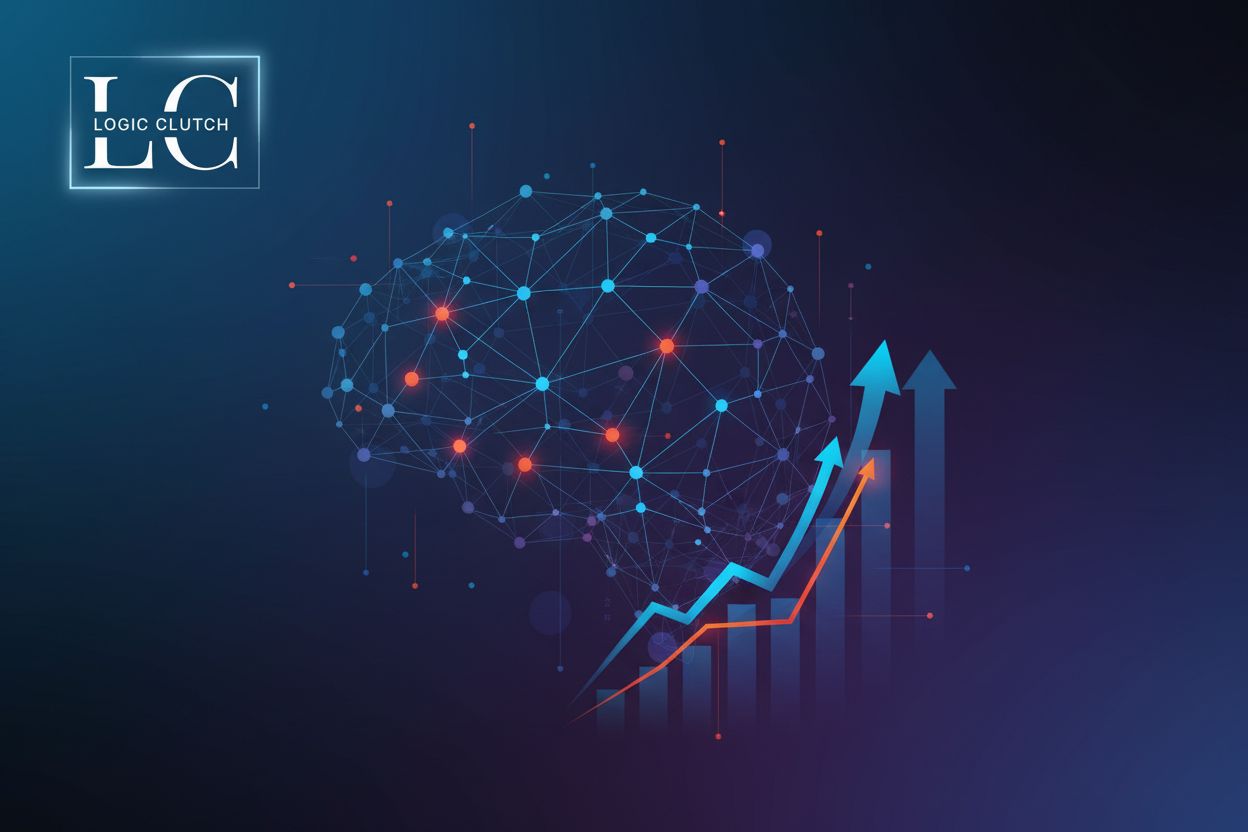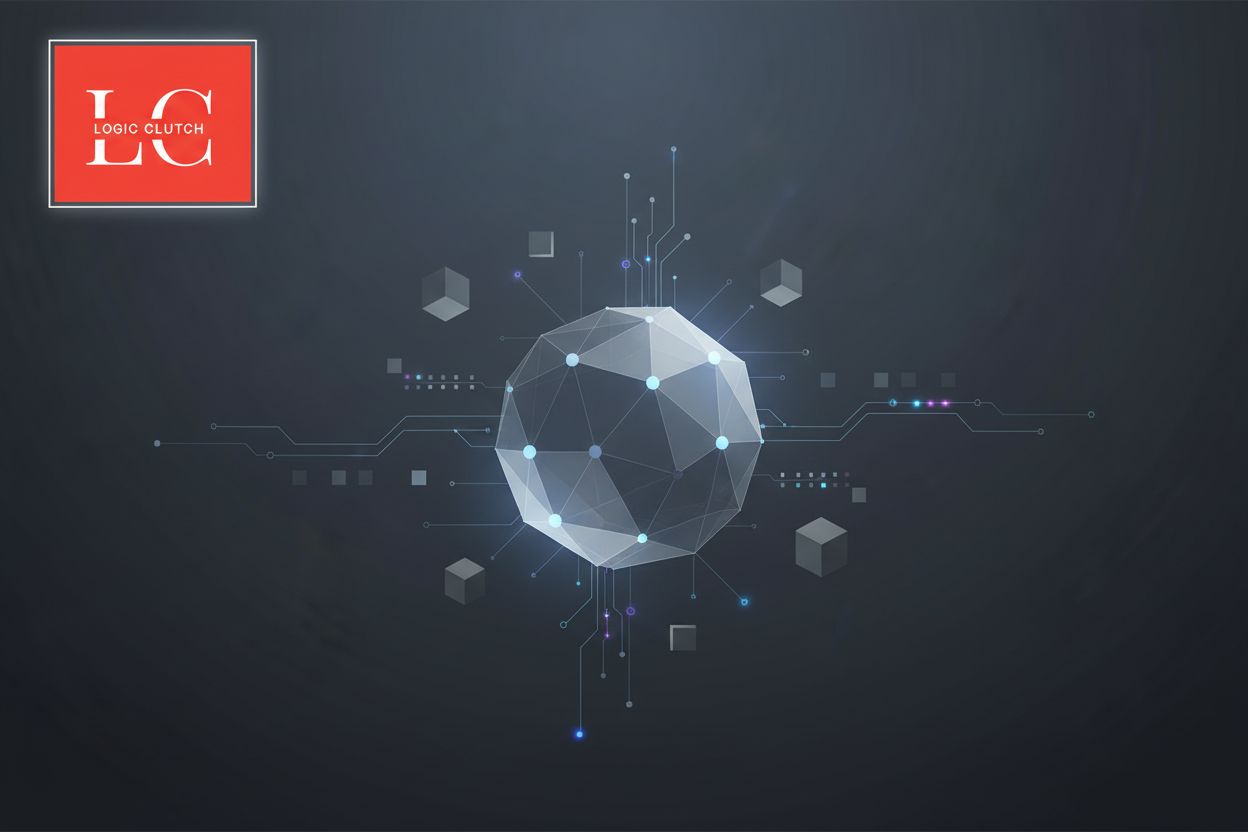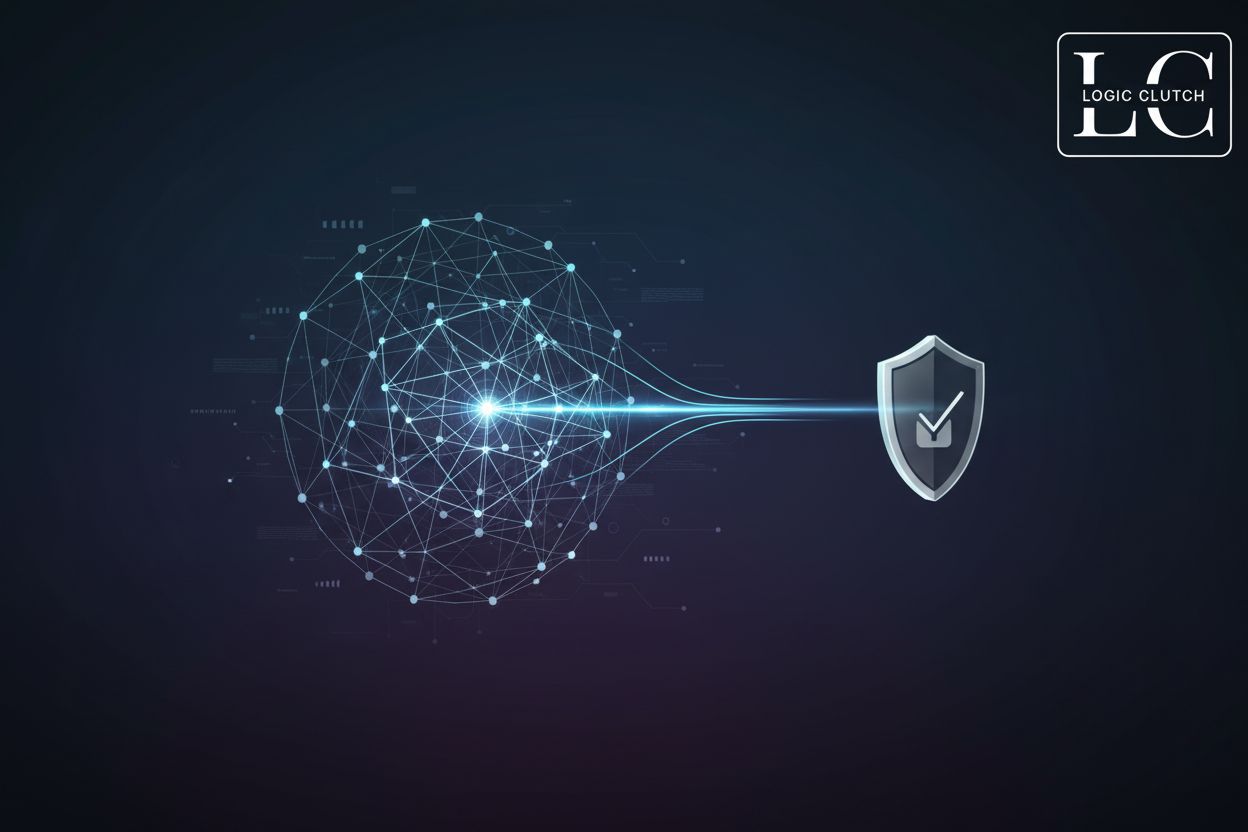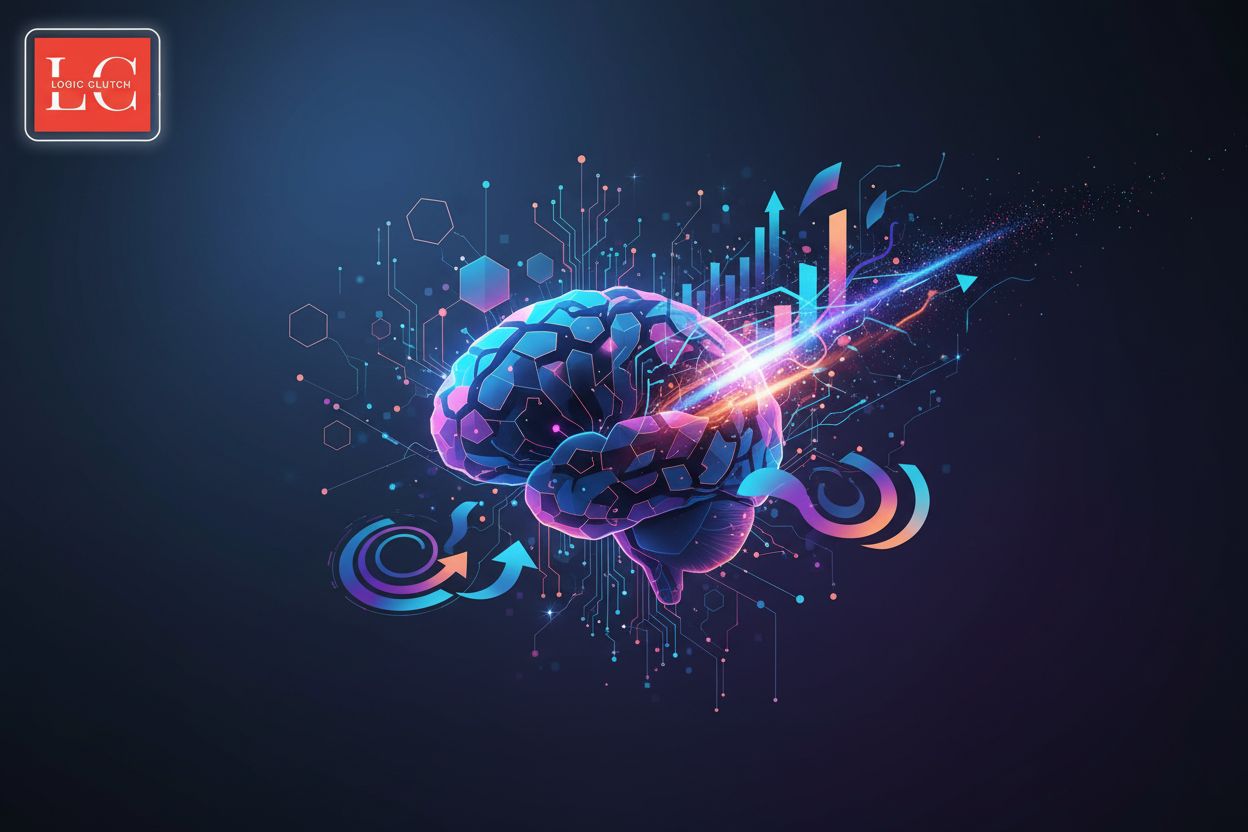Unlocking Data Stories with Salesforce Einstein Discovery
TL;DR
The Power of Data Storytelling with Einstein Discovery
Ever felt like your data is just... talking at you? Einstein Discovery helps turn that noise into a story.
Here's the deal:
- It transforms complex data into narratives that are actually understandable. No more getting lost in spreadsheets!
- Improves decision-making for everyone. From the ceo down, people can grasp insights faster.
- Makes communicating insights way easier. No more struggling to explain what the numbers really mean.
Einstein Discovery automates the insight discovery process, so you don't have to manually sift through everything. Plus, it gives you explanations in plain english. As Salesforce help says, it's all about making data accessible.
Next up, we'll dive into how Einstein Discovery makes this happen.
Core Features and Capabilities of Einstein Discovery
Einstein Discovery isn't just about finding data; it's about making predictions! How can it help you anticipate what's next?
Here's how it breaks down:
- It offers predictive modeling, providing regression, binary classification, and multiclass classification. basically, it can predict numbers, yes/no outcomes, and multiple-choice scenarios. For example, a hospital could use this to predict patient readmission rates (regression), whether a patient is likely to develop a certain condition (binary), or which treatment plan is best suited for a patient (multiclass).
- Einstein Discovery also focuses on insight generation, it gives you descriptive, diagnostic, and comparative insights. You'll get visualizations and explanations that, like, actually make sense. Think spotting trends in retail sales data or figuring out why customer satisfaction scores are dipping in a specific region. Explore Einstein Discovery Features and Insights explains how these insights help you understand what happened, why, and in comparison to other factors.
- Speaking of what's next, it helps with predictions and improvements. what-if scenarios? yep. Actionable variables and suggested improvements? got 'em. For instance, a financial institution could forecast loan defaults based on various economic indicators and then identify what actions could minimize those defaults.
Einstein Discovery helps you use models to predict future outcomes. It's important to check model quality and tune it for the best results.
Next, we'll look at predictions and improvements.
Integrating Einstein Discovery into Your Salesforce Workflow
Integrating Einstein Discovery into your existing Salesforce setup? It's easier than you might think, and it's all about putting those insights where you actually need them.
Here's how you can get it done:
- You can embed Einstein Discovery on lightning record pages, displaying predictions and recommendations right where users are working. Imagine a sales rep seeing the likelihood of closing a deal directly on the opportunity record.
- It can be integrated into experience cloud sites pages, delivering personalized experiences driven by ai. This allows customers to see tailored product recommendations or support articles based on their profile.
- Einstein Discovery helps with crm analytics data prep recipes and dataflows. Use predictions to enhance your data pipelines, like flagging potential data quality issues before they impact your reports.
- With salesforce flows (using flow builder), automate actions based on Einstein Discovery predictions. For instance, automatically assigning a high-risk customer to a dedicated support team.
- You can also use Tableau flows, dashboards, and calculated fields. Visualize predictions within your Tableau dashboards, giving you a clear picture of trends and potential outcomes.
Basically, it's about making ai-driven insights a seamless part of your everyday workflow. Next up, we'll talk about operationalizing those models.
Enhancing Business Outcomes with Actionable Intelligence
Alright, so you've got these cool insights, but how do you actually use them to make things better? Einstein Discovery helps bridge that gap!
- Improving sales performance: Imagine, for example, identifying which leads are most likely to convert based on historical data. Sales teams can then focus their efforts on those high-potential opportunities.
- Reducing customer churn: By predicting which customers are at risk of leaving, businesses can proactively offer incentives or improve services to retain them. Think personalized offers or faster support.
- Optimizing marketing campaigns ai can help you figure out which marketing messages resonate best with different customer segments, leading to higher engagement and conversion rates.
- Enhancing customer service: Like, routing customers to the right support agent based on the nature of their issue, reducing resolution times, and boosting customer satisfaction, y'know?
Einstein Discovery also gives you model templates to jumpstart solutions for common business use cases. It's all about getting you up and running fast, so you can start seeing results asap! Now, let's discuss ethics.






